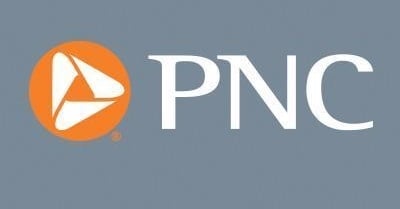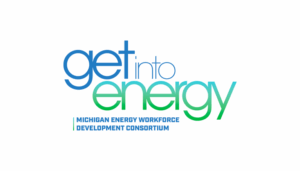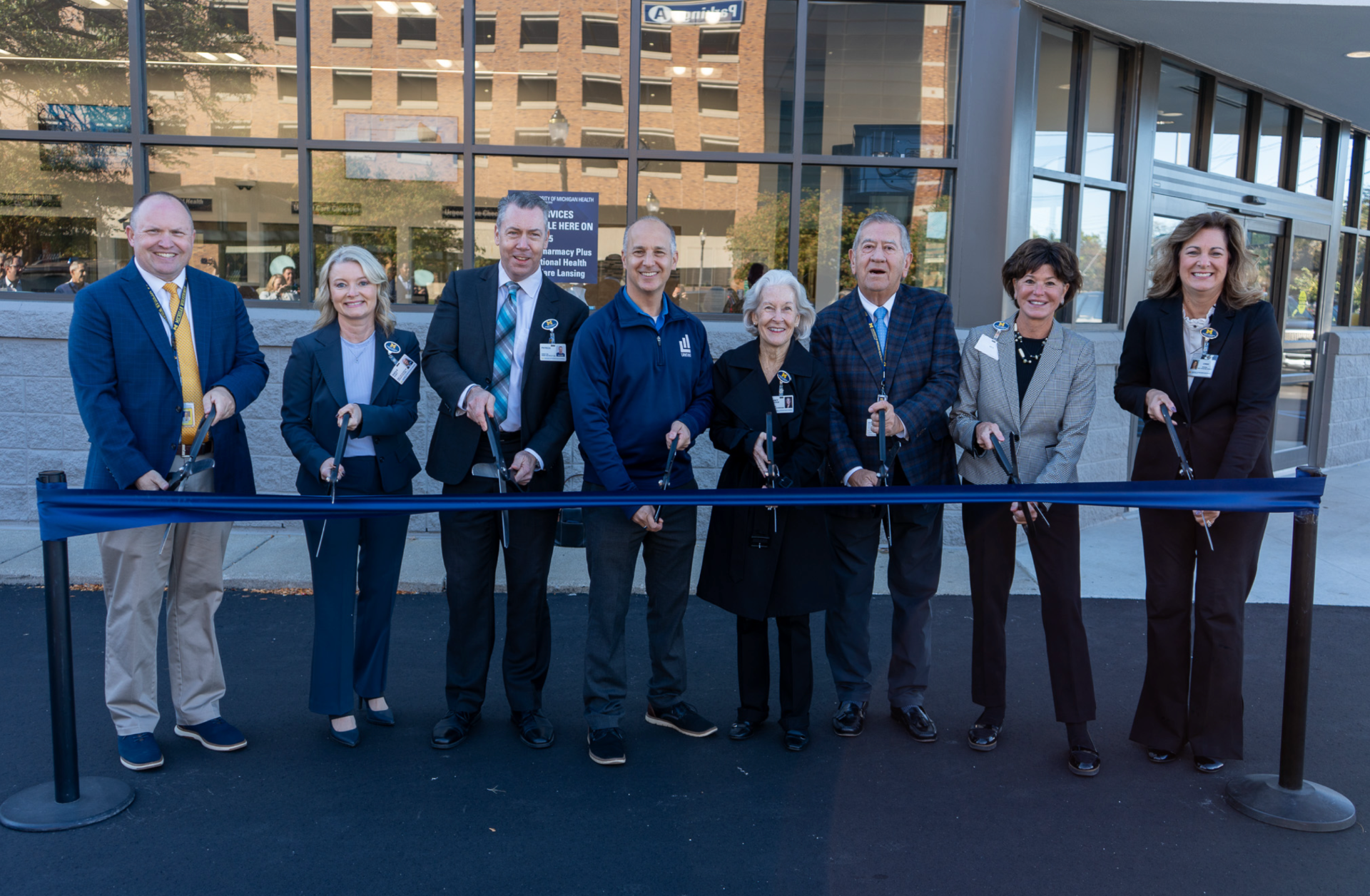 Unemployment Rate Up Slightly
Unemployment Rate Up Slightly
- June job growth was 850,000, the fastest since August 2020. Employment is still down more than 4% from its pre-recession peak.
- The unemployment rate rose slightly in June but will fall in the second half of this year.
- Leisure/hospitality services led job growth in June as the industry recovers from the Viral Recession.
- Labor supply will increase in the months ahead, allowing for continued strong job growth.
The U.S. economy added 850,000 jobs in June, according to a survey of employers from the Bureau of Labor Statistics. This was better than the consensus expectation of 690,000 and was the best month for job growth since August 2000. Total employment in June was 145.759 million. This is up 15.6 million from April 2020, when employment bottomed out at the start of the pandemic but is still down by 6.8 million (more than 4%) from the pre-pandemic peak in February 2020. Private-sector employment rose by 662,000 in June, with government employment up by 188,000.
The three-month moving average for job growth through June was about 570,000, up by about 20,000 from June. At this pace, employment would return to its pre-pandemic level in one year. Job growth in May was revised somewhat higher (to 583,000 from 559,000), while April job growth was revised slightly lower (to 269,000 from 278,000), for a small net upward revision of 15,000.
The unemployment rose slightly in June, to 5.9%, from 5.8% in May. The number of people employed in a survey of households (different from the survey of employers) fell by 18,000, while the number of people in the labor force rose by 151,000. The unemployment rate is down from a peak of almost 15% in April 2020 but is still well above the pre-pandemic rate of 3.5%. And there are still about 3.5 million fewer people in the labor force now, compared to February 2020.
Once again job growth was very strong in leisure/hospitality services as the economy continues to reopen and consumers spend their stimulus payments. The industry added 343,000 jobs in June and has added better than 225,000 jobs for five straight months. Still, employment in leisure/hospitality services is down by 2.5 million, or 15%, from February 2020. Job growth was good in June for most other private services-providing industries, with an overall gain of 642,000. Employment in goods-producing industries rose by 20,000; construction employment fell for a third straight month while manufacturing employment rose by 15,000.
Average hourly earnings rose a solid 0.3% in June, despite much of the job growth coming from the lower-wage leisure/hospitality services industry. The average workweek fell slightly, to 34.7 hours in June, from 34.8 hours in May. With more jobs, higher wages, and a shorter workweek, aggregate earnings rose a solid 0.6% over the month.
The June acceleration in job growth was very welcome, indicating continued recovery for the U.S. labor market. Economic activity continues to pick up as vaccines make consumers more willing to go out, states reduce or eliminate restrictions on economic activity, and stimulus payments support household purchases.
Demand for workers has been strong in the spring and early summer of 2021, but many employers are reporting shortages of potential workers. The labor force will expand in the second half of 2021 as concerns over the coronavirus fade and schools reopen and more childcare becomes available, allowing parents to return to the workforce. Another factor that may be restraining job growth is the increased level of unemployment insurance benefits (an extra $300 per week). But many states have dropped or will soon drop those extra benefits, and they are set to expire nationwide in September; this will encourage some of the unemployed to increase their job-hunting efforts.
PNC expects job growth to average around 600,000 per month in the second half of 2021 and into 2022. The unemployment rate will end this year at around 5%, and 2022 at around 4.2%.
The PNC Financial Services Group, Inc. is one of the largest diversified financial services institutions in the United States, organized around its customers and communities for strong relationships and local delivery of retail and business banking including a full range of lending products; specialized services for corporations and government entities, including corporate banking, real estate finance and asset-based lending; wealth management and asset management. For information about PNC, visit www.pnc.com.









